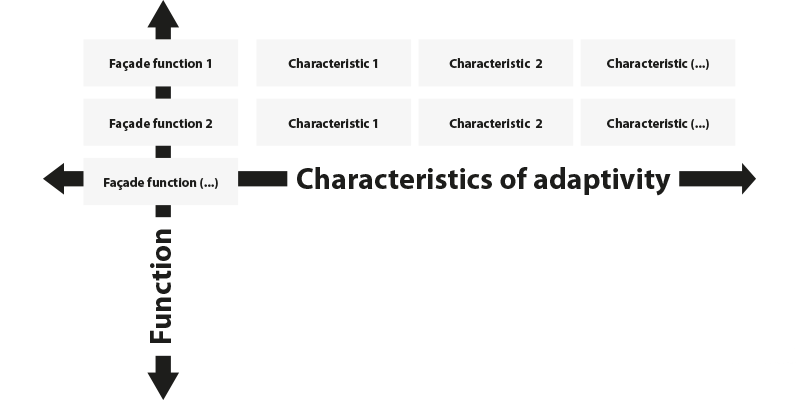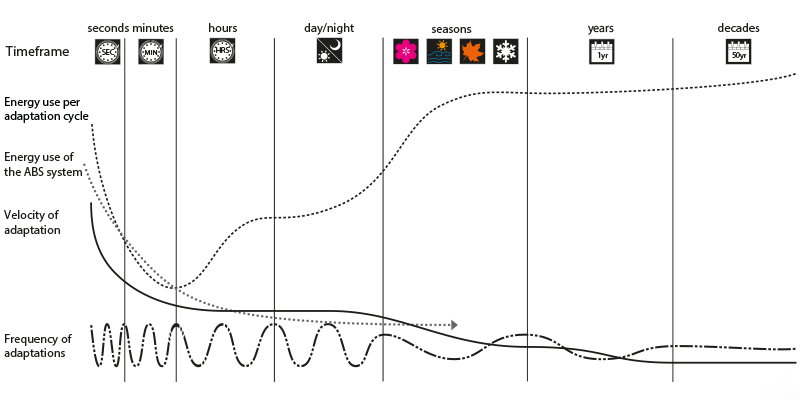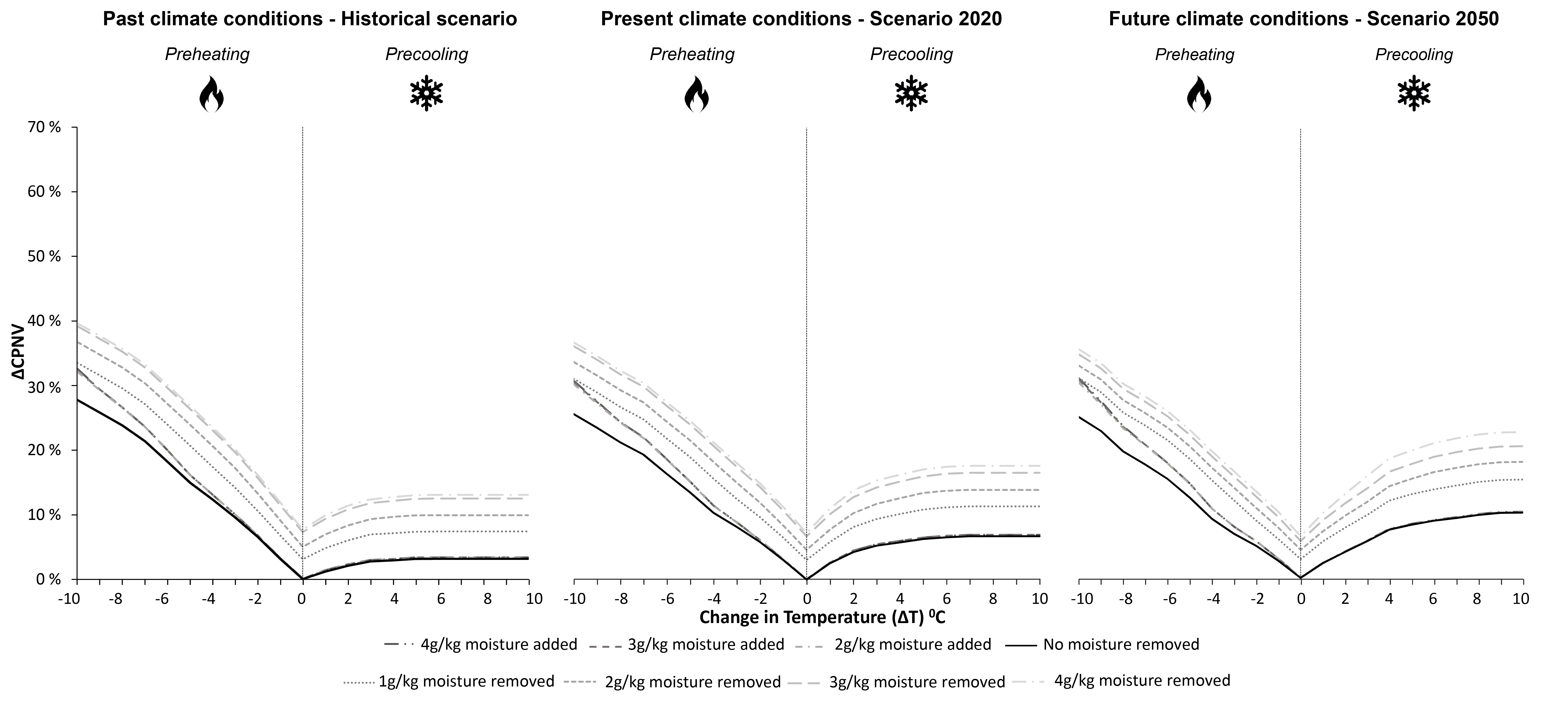Articles
-
The environmental boundary conditions and the demand for comfort change constantly during the use of a building. By dynamically balancing changing conditions and requirements, adaptive façades contribute to the energy efficiency of buildings. The façade fulfils a multitude of functions that are interdependent and relate to environmental conditions and requirements. By negotiating mutually supportive and competing adaptive functions, intelligent coordination offers the potential for better performance of façades in building operation. The strategy is already being applied in other...
-
Adaptive building technologies have opened up a growing field of research aimed at ensuring indoor comfort while reducing energy consumption in buildings. By focusing on flexibility over short timeframes, these new technologies are, however, rarely designed for sustainability over their entire lifecycle. This paper aims to address an information gap between the research field of architectural Life Cycle Assessment (LCA) and the state of the art of adaptive façades, by presenting an analysis of the main aspects in traditional and adaptive façades that are relevant to understanding whether...
-
Traditional architecture has often applied greenery in the design to improve the thermal performance of indoor spaces. Such a bioclimatic approach is not often seen in the contemporary tube houses of Vietnam. Vietnamese architects recently started to focus more on greenery solutions for housing projects. However, the quantitative effects of plants on the building performance has not yet been investigated in Vietnam. This paper reports on an experiment to quantify the benefits of a vertical greening system for thermal performance and energy saving. A typical tube house in Hanoi was...
-
Due to the rapid development of super insulated and airtight buildings, the energy requirement for mechanical ventilation is becoming more and more dominant in today’s highly efficient buildings. In this scenario, natural ventilation has the potential to reduce energy use for buildings while maintaining ventilation rates that are consistent with acceptable indoor air quality. The increase in air temperature and frequency of extreme weather events (e.g. heavy rains, heat and cold waves) due to climate change will alter future outdoor boundary conditions and consequently the potential for...
-
In recent years, there has been an increasing interest in shape-changing smart materials in design fields. The ability to design responsive architectures that adapt to different climatic conditions is, without doubt, an appealing idea. One area in which shape-changing materials are applied is in the design of building skins or envelopes. This paper presents a systematic review of the literature on the use of shape-changing materials in the development of active skin systems, identifying patterns in design and manufacturing strategies. We also note the stage of development of the proposed...





